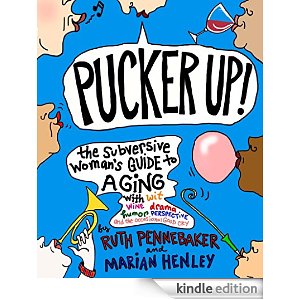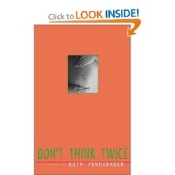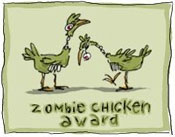Take me to the ophthalmologist — and the old memory wheel starts spinning.
1953: my eyes get dilated with atropine. They stayed dilated, my parents told me, for two weeks.
1954: dilation finally gone away and pupil size back to normal, I’m diagnosed with a lazy eye. I have to wear a patch over my (dominant) left eye so I will use my right eye more. Pirates may look great in eyepatches, but 4-year-old girls do not. I have the black-and-white photographs to prove it.
1955: I persist in believing that, without glasses, I would be drop-dead gorgeous. I take off my glasses and see a blur in the mirror. Moving toward this beautiful blur, I break my glasses over my knee and tell my parents it was an accident. They tell me to be more careful and order new glasses for me. For a few days, though, until the next pair of glasses arrives, I’m sure I’m drop-dead gorgeous.
1958: I get new glasses. I want the red-and-white gingham-check glasses. My mother insists the red leopardskin glasses look better. We get the red leopardskin glasses. I look like an anteater in them.
1959: For some reason, I’m watching Oral Roberts on TV one afternoon. Oral is healing all kinds of people — the blind, the lame, the arthritic. He says anybody in his audience can be healed, too, if they pray and believe. I squeeze my eyes shut and pray for perfect, glasses-free vision, so I can be beautiful. I take off my glasses. I still can’t see. I am now officially finished with Oral Roberts. What part of quid pro quo doesn’t he understand?
1963: I’m in puberty. For some reason, while everything else in my life is going down the toilet (my complexion, my crooked teeth, my social life), my vision improves dramatically. I no longer have to wear glasses! Someday, the ophthalmologist tells me, maybe when I’m middleaged, my eyes will change and I’ll have to wear glasses again. It’s like he’s talking about life on a distant planet. Who cares about middle age? I’ll be old then, anyway.
I rush to the mirror. This time, I can actually see my face without glasses. The blur is gone. I’m beautiful, aren’t I? No, I’m not.
1972: I go to the ophthalmologist. It’s been years since I’ve gone. Since then, they have some kind of menacing blue light that sits — actually sits — on your eye to see if you have glaucoma. I don’t like blue lights and I don’t like anything sitting on my eyeball. I practically have to be peeled off the ceiling.
1994: New city, new ophthalmologist, new glaucoma test. Just a brief burst of air, the doctor assures me. It’ll be over in a second. No big deal.
This test takes place, for some malicious reason, in the doctor’s waiting room. As it turns out, one of my husband’s colleagues is in the room. “You should have seen how high she jumped!” he chortles to my husband.
Today: Still another city, another ophthalmologist. Has your right eye always been that weak? The physician’s assistant asks me. Yes, I say. I had to wear a patch when I was four.
The ophthalmologist comes in. He tells me my eyes are in pretty good shape (considering, he seems to be hinting, considering my age). I don’t really need anything, except the reading glasses I regularly pick up at the drugstore (and lose and pick up again. I’ve spent so much money on reading glasses I should own stock in their companies already).
What ever happened to atropine? I asked. They don’t use it any longer.
And that awful rush of air test? Oh, everybody hated that, he says. We haven’t used it in years.
I don’t ask about red leopardskin glasses. They’re all the rage now — except for those of us who had to wear them when we were eight. For us, they’ll never come back in style.
(Copyright 2008 by Ruth Pennebaker)














